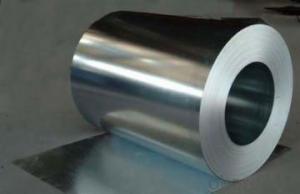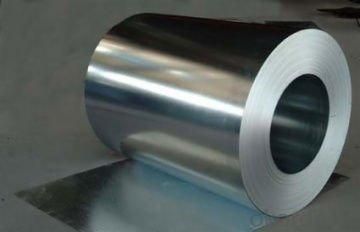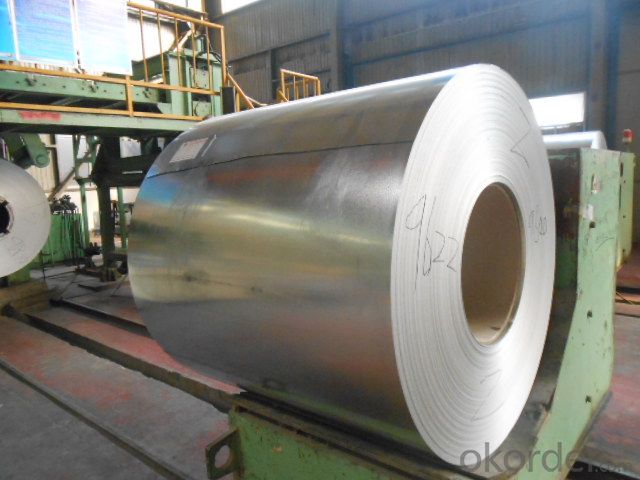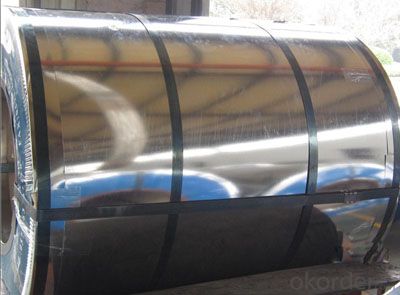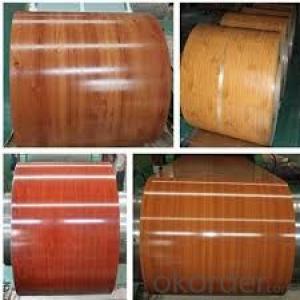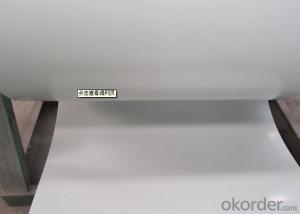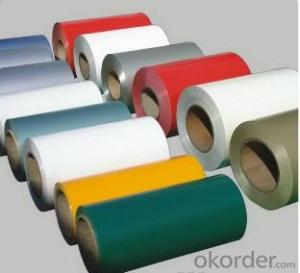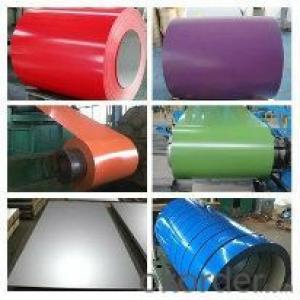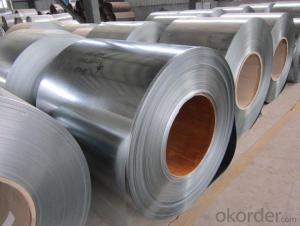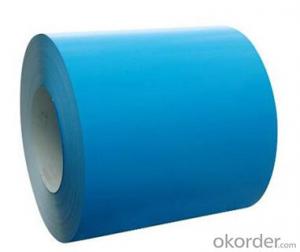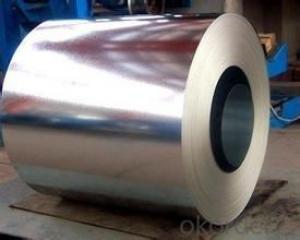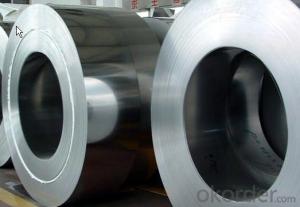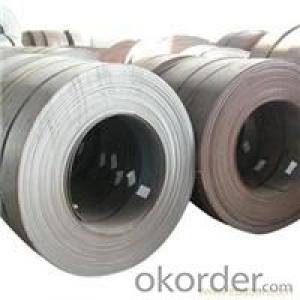Hot-Dip Galvanized/Aluzinc Steel Coil with High Quality
- Loading Port:
- Shanghai
- Payment Terms:
- TT OR LC
- Min Order Qty:
- 100 m.t.
- Supply Capability:
- 10000 m.t./month
OKorder Service Pledge
OKorder Financial Service
You Might Also Like
Hot-dip Zinc Coating Steel Building Roof Walls
1.Structure of Hot-Dip Galvanized Steel Sheet Description:
Hot-dip galvanized steel coils are available with a pure zinc coating through the hot-dip galvanizing process. It offers the economy, strength and formability of steel combined with the corrosion resistance of zinc. The hot-dip process is the process by which steel gets coated in layers of zinc to protect against rust. It is especially useful for countless outdoor and industrial applications. Production of cold formed corrugated sheets and profiles for roofing, cladding, decking, tiles, sandwich walls, rainwater protective systems, air conditioning duct as well as electrical appliances and engineering.
2.Main Features of the Hot-Dip Galvanized Steel Sheet:
• Excellent process capability
• Smooth and flat surface
• Workability, durability
• Excellent anticorrosive property
• High strength
• Good formability
• Good visual effect
3.Hot-Dip Galvanized Steel Sheet Images
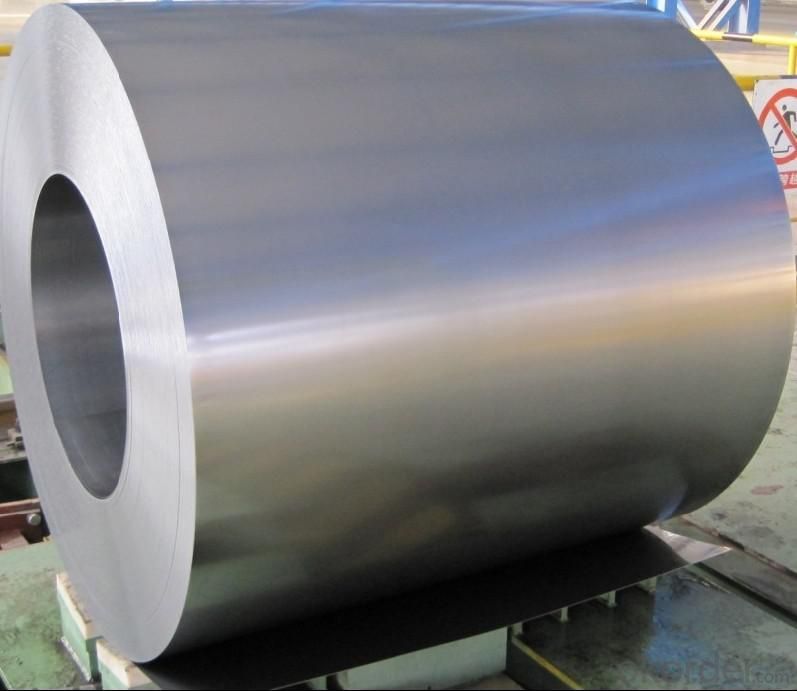
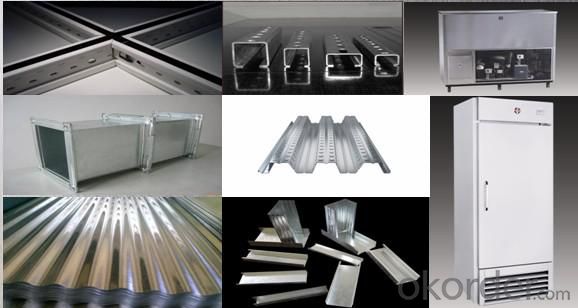
4.Hot-Dip Galvanized Steel Sheet Specification
Standard: ASTM, JIS,EN
Grade: CS, DX51D+Z,SGCC, SS 230~550,S220GD+Z~S550GD+Z, SGC340~SGC570
Thickness: 0.1mm~5mm
Width: max 2000mm
Coil weight:3-12 MT
Coil ID:508/610mm
Surface structure: zero spangle, regular spangle or minimum spangle
Surface treatment: Chromate treatment, Oiled/dry, skinpassed/non-skinpassed
Packing: Standard seaworthy export package
Technology test results:
| Processability | Yield strength | Elongation % | Elongation % | 180°cold-bending |
| Common PV | - | 270-500 | - | d=0,intact,no zinc removal |
| Mechanical interlocking JY | - | 270-500 | - | d=0,intact,no zinc removal |
| Structure JG | >=240 | >=370 | >=18 | d=0,intact,no zinc removal |
| Deep drawn SC | - | 270-380 | >=30 | d=0,intact,no zinc removal |
| EDDQ SC | - | 270-380 | >=30 | d=0,intact,no zinc removal |
5.FAQ of Hot-Dip Galvanized Steel Sheet
We have organized several common questions for our clients,may help you sincerely:
1.How about your company?
A world class manufacturer & supplier of castings forging in carbon steel and alloy steel,is one of the large-scale professional investment casting production bases in China,consisting of both casting foundry forging and machining factory. Annually more than 8000 tons Precision casting and forging parts are exported to markets in Europe,America and Japan. OEM casting and forging service available according to customer’s requirements.
2.How to guarantee the quality of the products?
We have established the international advanced quality management system,every link from raw material to final product we have strict quality test;We resolutely put an end to unqualified products flowing into the market. At the same time, we will provide necessary follow-up service assurance.
3. How long can we receive the product after purchase?
Usually within thirty working days after receiving buyer’s advance payment or LC. We will arrange the factory manufacturing as soon as possible. The cargo readiness usually takes 15-30 days, but the shipment will depend on the vessel situation.
- Q: How do steel coils contribute to the strength and durability of structures?
- Steel coils contribute to the strength and durability of structures by providing a high tensile strength and resistance to deformation. When used in construction, steel coils can be formed into various shapes and sizes to reinforce structural components like beams, columns, and foundations. This reinforcement enhances the structural integrity, preventing the structure from collapsing under heavy loads or adverse conditions. Additionally, steel coils have excellent corrosion resistance, which ensures that the structure remains durable and long-lasting, even in harsh environments.
- Q: Suppose you made a sword out of diamond (just follow me here, it's only theoretical). Would it be lighter than a sword of the same size made out of steel?
- Diamond has half the density of steel but would make a terrible sword because it is not very tough. Toughness is a material's ability to resist breakage from forceful impact: Diamond has a toughness of 2.0 MPa·m1/2 and has a critical stress intensity factor of 3.4 MN·m?3/2. That makes it tough for a gem but are poor compared with steels. Plus diamond has a cleavage plane.
- Q: I am in the US and looking for a price on wide flange steel. I need a price of one W10x30 and 20 feet long.
- The price of steel is increasing daily, so an exact answer is rough. A W10x30 is a fairly common shape and shouldn't be too hard to find. For a very rough ballpark number, say $700/ton (installed price), the piece you require should be in the range of about $250.00 or less as I assume you'll be doing the installing. Please don't take this as the gospel, however. Price varies on location, stock, and availability. Open the phone book and contact your local steel supplier. Because the piece you require is fairly short, you might get lucky and find someone who has a waste piece that length that they will give you a good deal on. --------------------------------------... I just checked the AISC web site to verify the number I quoted above and they posted an article stating that the average mill price had just increased to over $1000/ton in May. The best advice I can provide at this point is to buy the W10 now and don't wait any longer.
- Q: You have two steel wool pads,one is cut up into little pieces, and the other is whole, and they are both submerged in water. 1.Which steel wool pad will rust quicker?2.How much faster will that pad rust? (estimate+explain the estimate)6.How could you make the steel wool pad rust faster?Please dont tell me to do my homework because I tried, but I bought the wrong type of steel wool
- How to make it rust faster ? Adding oxygen to the water - bubbling air through it. Raising the temperature should make the reaction go faster, but I believe it also reduces the amount of dissolved gas. Adding salt, or an ionic compound like an acid, will accelerate electrochemical corrosion. That usually requires a less active metal, like copper, in contact with the steel, but variations in the composition of the steel may be sufficient to promote corrosion.
- Q: How are steel coils inspected for formability?
- Steel coils are inspected for formability through a combination of visual inspection, physical testing, and advanced technologies such as laser scanning and digital image correlation. These methods assess the coil's surface condition, dimensional accuracy, and mechanical properties to ensure it meets the required standards for various forming processes.
- Q: What are the factors that affect the price of steel coils?
- There are several factors that influence the price of steel coils. Firstly, the cost of raw materials such as iron ore and coal, which are essential for steel production, can significantly impact the price. Additionally, the demand and supply dynamics of steel in the market play a crucial role. Factors like economic growth, construction activity, and infrastructure development can drive up the demand for steel, leading to price increases. On the other hand, if there is excess supply or reduced demand, prices may decrease. Moreover, fluctuations in energy costs, transportation expenses, and currency exchange rates can also affect the final price of steel coils.
- Q: For my homework we have to fill out a table, but I cannot find some basic uses of these types of steel anywhere:Low carbon steel (iron mixed with lt;0.25% carbon)High carbon steel (iron mixed with lt;1.5% carbon)Stainless steel (iron mixed with nickle an chromium)Titanium steel (iron mixed with titanium)Manganese steel (iron mixed with manganese) Thanks :)
- Low okorder / You say you cannot find there uses anywhere. These all came up using the simplest of web searches. You really need to have a word with your IT teacher as clearly you are not doing basic searches properly.
- Q: What are the different methods of coil slitting for precision cuts?
- There are several methods of coil slitting for precision cuts, including rotary slitting, loop slitting, and double knife slitting. Rotary slitting involves using a circular blade to cut through the coil, while loop slitting utilizes a looping mechanism to create tension and then cuts the coil with a straight blade. Double knife slitting, on the other hand, employs two blades that move in opposite directions to cut the coil. These methods enable precise and efficient cutting of coils into narrower strips for various industrial applications.
- Q: How are steel coils used in the automotive stamping process?
- Steel coils are used in the automotive stamping process as they are unrolled and fed into stamping machines, where they are shaped and cut into various automotive parts such as body panels, chassis components, and engine parts.
- Q: What are the common uses of galvanized steel coils?
- Galvanized steel coils are commonly used in various industries such as construction, automotive, and manufacturing. They are primarily used for making metal roofs, walls, and fences due to their corrosion-resistant properties. Additionally, galvanized steel coils are utilized in the production of air conditioning ducts, electrical appliances, and agricultural equipment.
Send your message to us
Hot-Dip Galvanized/Aluzinc Steel Coil with High Quality
- Loading Port:
- Shanghai
- Payment Terms:
- TT OR LC
- Min Order Qty:
- 100 m.t.
- Supply Capability:
- 10000 m.t./month
OKorder Service Pledge
OKorder Financial Service
Similar products
Hot products
Hot Searches
Related keywords
